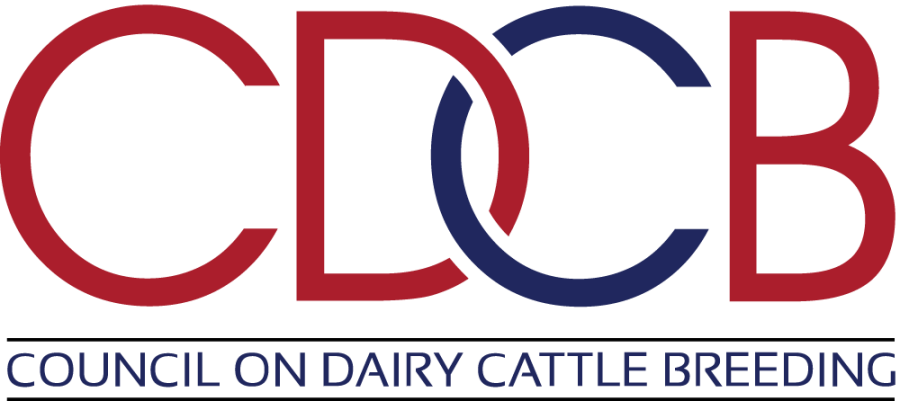Explore the transformative impact of CDCB’s 305-AA standard on milk yield precision. Are you prepared to elevate your dairy herd‘s efficiency with cutting-edge knowledge?

In the forthcoming months, the 305-ME (Mature Equivalent), the standardized production estimate in place since 1994, will be phased out and replaced by the more advanced 305-AA (Average Age). This progression integrates contemporary insights into the critical variables affecting milk yield, thereby enhancing the precision of these measurements.
The introduction of the 305-AA yield estimates will be reflected in CDCB’s WebConnect data queries and incorporated into the CDCB genetic evaluations, anticipated to be fully operational by August 2024. Stay attuned for further information on implementing 305-AA and its projected effects on animal records and assessments.
Dairy producers utilize an array of metrics to compare animals of varying ages, geographical locations, and breeds. Whether employing Net Merit $ to gauge an animal’s genetic merit, Breed Age Average for type conformation, or the upcoming 305-AA for milk yield, each instrument is meticulously designed to aid producers in making well-informed decisions. As dairy herds evolve and our understanding of cow performance expands, we must modernize these tools to maintain their relevance and accuracy.
What’s the Backstory?
Since 1994, the U.S. dairy industry has benchmarked milk, fat, and protein yields of cows across different lactations, geographical regions, and breeds using the 305-ME (Mature Equivalent) adjustment method. This approach standardizes production estimates to a 305-day lactation at a mature equivalent stage, irrespective of the cow’s actual age.
In 1995, a seminal Journal of Dairy Science® article by Norman et al. detailed how genetic selection influences maturity patterns. Fast forward to 2023, when USDA’s Animal Genomics and Improvement Laboratory (AGIL) and the Council on Dairy Cattle Breeding (CDCB) revisited the parameters influencing the 305-ME calculations. Under CDCB’s stewardship, this comprehensive review utilized an extensive dataset, encompassing 101.5 million milk records, 100.5 million fat records, and 81.2 million protein records.
The culmination of the 2023 AGIL-CDCB analysis is the advent of the 305-AA – a refined age-adjusted yield estimation standardized to a 305-day lactation record at 36 months of age – marking the end of the 305-ME era.
How Will the 305-AA Differ from the 305-ME?
Before examining the changes, it is crucial to recognize the two constants in this transition:
- The new 305-AA continues to standardize lactations to a 2x milking frequency.
- The approach for accounting for previous days remains unaltered.
Now, let’s delve into the primary modifications:
- Age: Average Age adjustments are now standardized at 36 months, contrasting with the Mature Equivalent, which is standardized from 61 to 86 months, depending on the breed.
- Climate: The 305-AA introduces five climate region adjustments, accommodating cows from the hottest to the coldest regions of the U.S. Previously, the 305-ME considered only three geographical regions, spanning east to west across the country.
- Breed Adjustments: Previously, breed adjustments were calculated alongside season-region adjustments. Now, they are estimated with age-parity adjustments. Over the past three decades, a surge in data has allowed smaller breeds to be more significantly represented in age-parity adjustments, unlike the prior 305-ME adjustments, which Holsteins dominated.
The Bottom Line
Introducing the 305-AA is a monumental advancement in the dairy industry’s relentless pursuit of precision and relevancy in yield measurements. By integrating up-to-date understandings of factors such as age, climate, and breed, this new standard decisively addresses the limitations inherent in the 305-ME, which has been in place for nearly thirty years. As dairy production progresses, our measurement tools must evolve concurrently, enabling producers to make informed decisions with the most accurate and comprehensive data at their disposal. This evolution highlights our strides in genetic and environmental science and demonstrates the industry’s unwavering commitment to ongoing improvement and innovation.
The imminent transition from 305-ME to the more sophisticated 305-AA in dairy yield measurements represents a significant leap forward in the industry. By integrating contemporary understandings of age, climate, and breed-specific factors, the new standard aims to provide a more accurate and comprehensive evaluation of milk production.
“The replacement of the outdated 305-ME with the advanced 305-AA underscores our commitment to leveraging modern insights and extensive data for enhanced precision in dairy production metrics,” says a representative from the CDCB.
- Age Adjustment: Standardized at 36 months, refining accuracy across differing maturity stages.
- Climate Region Adjustment: Five climate-specific adjustments now supersede the previous three regional adjustments, providing a finer understanding of environmental impacts.
- Breed Adjustment: Enhanced representation for diverse breeds, moving beyond the historically Holstein-dominated data sets.











